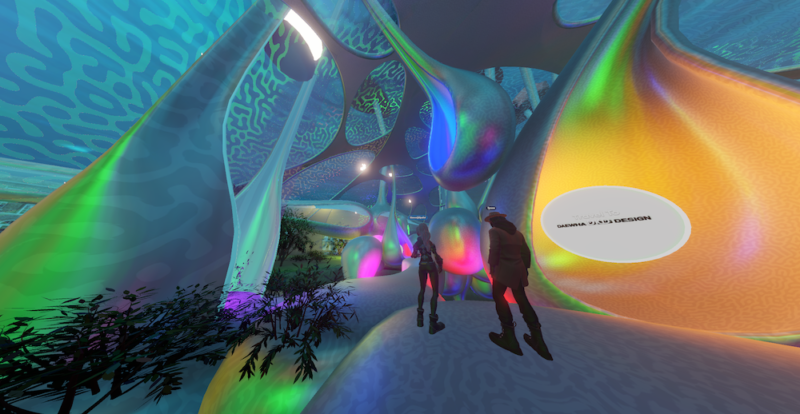Quick take:
- Spatial has launched a creator toolkit.
- The new product will make it easier for digital designers to publish immersive 3D content across mobile, web and VR.
- The toolkit is powered by Unity’s software developer kit.
Spatial has announced the launch of its Unity-powered Creator Toolkit. The socialised immersive 3D creator platform is widening its ecosystem to help digital designers and architectures easily publish interactive 3D content across mobile, web and VR.
Spatial enables individual creators to build online digital worlds and experiences regardless of their expertise and experience in creatives. With Unity’s software developer kit (SDK) powering the Spatial Creator Toolkit, users will be able to publish photo-realistic avatars, and experiences with a few clicks. Novice creators would be able to achieve in a matter of seconds what an experienced 3D designer using traditional software achieves in days.
The toolkit also allows users to interact and play with the space around them thus making digital experiences more exciting and fun.
With Unity’s SDK, Spatial Creator Toolkit, the company claims to be “the first to bring this level of visual quality directly in a web browser, with fast load times and no download or installs required.”
The toolkit has already attracted early adopters led by Spatial’s current partners. According to Spatial, Exclusible Yacht by Polycount, Bubble Park by DaeWha Kang, LuxxTopia by Luxx Studios are already using the creator toolkit.
Commenting on the launch, Jinha Lee, CPO and Co-founder, Spatial said: “Making immersive platforms easy and accessible for anyone to come in and start building, without prior knowledge in digital design, has always been an important factor in making Spatial the inclusive and open metaverse it is today. This toolkit will open doors for creators to make out-of-this-world and exciting places to be, in just a few clicks.”
Spatial recently played host to Hublot’s FIFA World Cup metaverse experience, which saw visitors spend more than 75,000 minutes in the space over a 3-week period.
“With our latest upgrades, we can build live multiplayer experiences where fans will be able to score a goal on the virtual World Cup pitch. This changes the face of the metaverse from a static world where we observe, to dynamic and interactive 3D spaces where we can actively participate,” added Lee.
On the other hand, Anand Agarawala, CEO and Co-founder of Spatial highlighted the platform’s ability to accelerate the design process and interoperability across platforms.
“Creating professional-grade lighting would previously have taken a trained designer at least two days to achieve, and now anyone can do it in a click of a button,” Agarawala said, adding, “It simultaneously publishes across web, mobile and VR to make building so seamless that literally, anyone can be a top rate digital developer.”
Spatial recently announced it has integrated with Sketchfab, one of the world’s leading 3D assets libraries to revamp its creator resources. The integration allows designers to gain access to multiple 3D models and objects, which they can customise to fit their narratives.
****
Advertisement
Sign up to the world’s biggest crypto exchange Binance to buy and sell cryptocurrencies.
Stay up to date:





